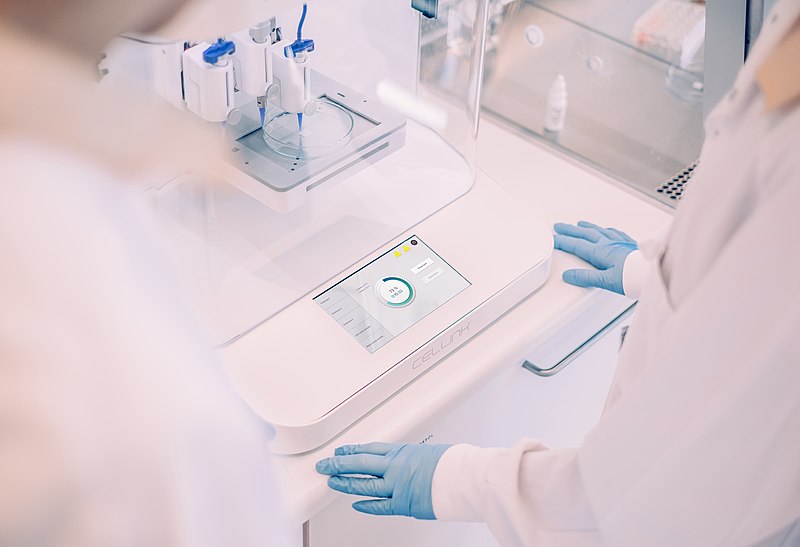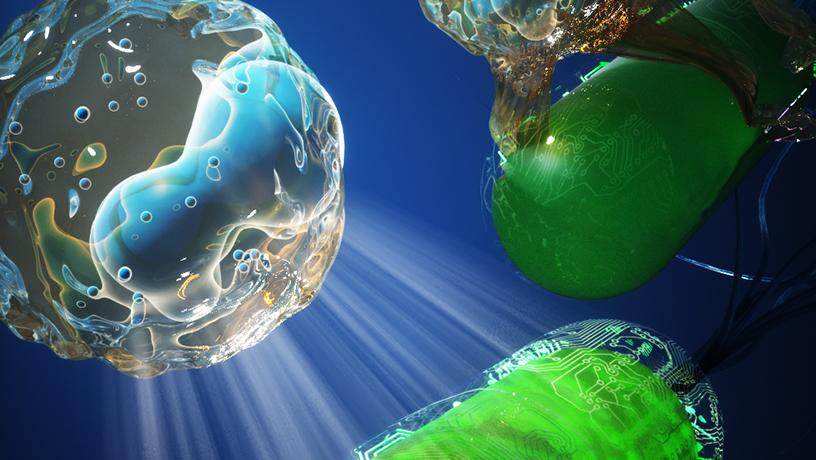Revolutionizing Wound Healing with 3D-Printed Living Skin
In a groundbreaking achievement, scientists have utilized innovative technology to 3D-print multi-layered, living skin directly onto substantial wounds in rats, aiming for a scar-free healing process. This isn’t mere science fiction; it involves the genuine 3D-printing of skin and potentially even hair onto injured regions.
The skin on the head and face is vital for protection and contributes significantly to our identity. Traumatic injuries or extensive surgeries, such as tumor removal, can result in full-thickness skin damage, negatively affecting confidence and self-esteem.
A Breakthrough in Skin Bioprinting
Penn State researchers have made a leap forward in regenerative medicine with a new method for 3D-printing skin. The key ingredient in this bioprinting achievement is fat tissue, also known as adipose tissue. The researchers harnessed stem cells and supportive structures from this tissue to create a special bioink for the 3D printer. This bioink not only promotes healing but also holds promise for future hair growth applications.
The secret lies in a specific layer of skin called the hypodermis, playing a critical role in both wound healing and hair follicle development. By incorporating elements of the hypodermis into their bioink, the Penn State team 3D-printed a patch that addressed both functionalities in rats.
The Future of Regenerative Medicine and Facial Reconstruction
The 3D-printed skin successfully healed wounds in the rats and showed initial signs of hair follicle formation. This paves the way for exciting future possibilities in human medicine, such as facial reconstruction surgery and even hair loss treatments.
In the pre-clinical phase, this research shows great promise for regenerative medicine. By merging 3D printing with the potential of fat tissue, it could significantly enhance wound healing and hair restoration methods.







